It’s now more than 25 years since Codemasters teamed with 1995 World Rally Champion Colin McRae to create an officially licenced rally game for the original PlayStation.
Feeling confident after the success of TOCA Touring Car Championship, which offered a realistic and fun take on the British Touring Car Championship, Codemasters teamed up with the biggest name in world rallying to create a gaming dynasty that continues to this day.
And boy, did Codemasters deliver, coupling an engaging handling model with other immersive rallying features like cumulative damage, pacenotes and super special stages, including input from McRae himself.
But the game was still focused on fun: the physics were based on reality but offered enough leeway for inexperienced players to chuck around four-wheel-drive WRC monsters without frustration taking over.
It was a formula that led to a long and distinguished rally game franchise even after the sad passing of its eponymous cover star.
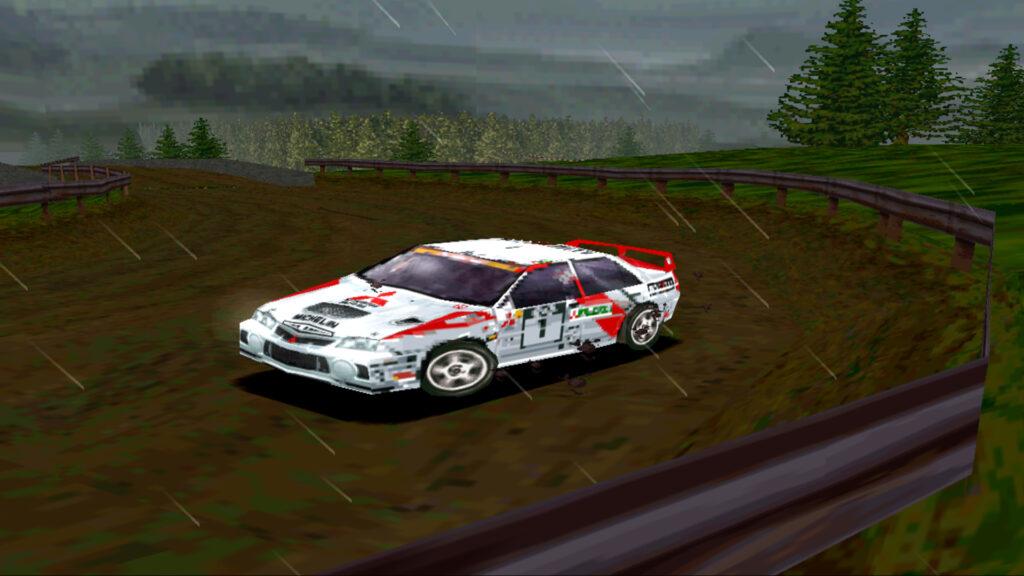
Ready, steady, go
The game made no apologies for its focus on rallying; it was you against the stage, with the individual split time bar on the right showing whether you were faster (green) or slower (red) than the current leader.
Firing up my PlayStation excitedly during the Christmas holidays, I immediately understood Colin McRae Rally’s (CMR) target demographic was rally nerds like me.
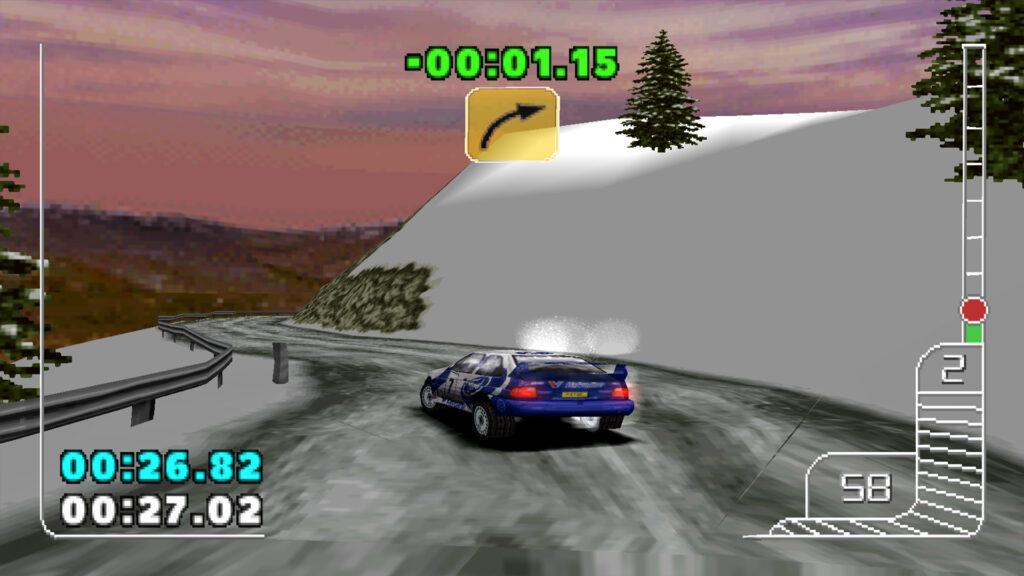
The PlayStation had yet to see a rally game like it. V-Rally was an obvious rival but it ditched the gritty realism of its Sony stablemate. The nearest competitor to CMR was likely Sega Rally on the Sega Saturn, which relied on its coin-operated origins to supply an immersively fun off-roading experience at a silky 60 frames per second.
In contrast, CMR was stuck at 30fps (for the most part – more on that later), and rightly didn’t copy Sega Rally’s circuit-based racing. And it had more than three cars and four tracks…
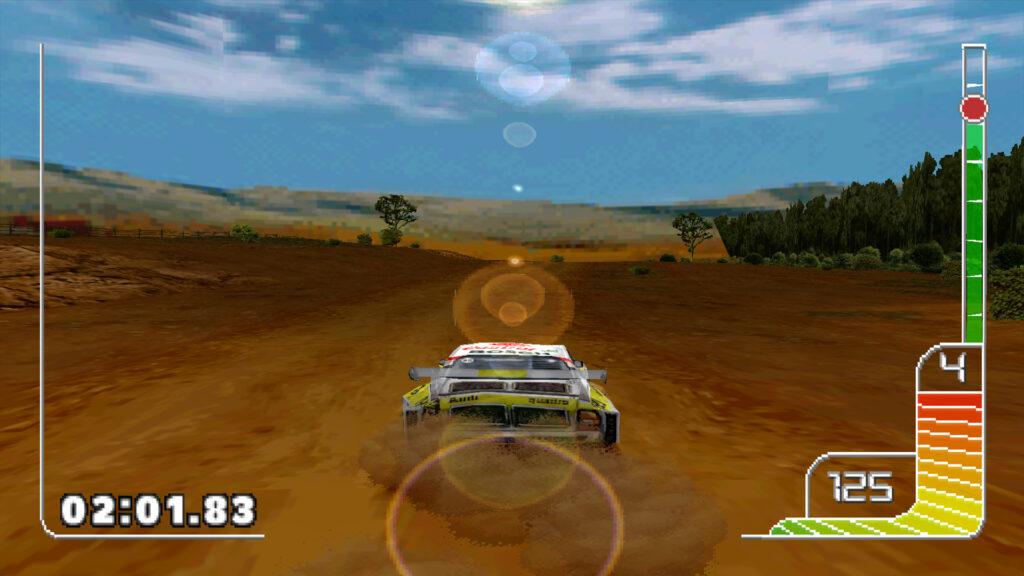
Staging point
Instead, we were given the full car and driver roster of the 1997 WRC, visiting eight of the 14 countries on its calendar; from the icy roads of Monte Carlo to the thick dust of Greece.
So, we had WRC representation from Mitsubishi, Toyota, Ford and Subaru as well as three Formula 2 Kit Cars from Seat, Skoda and Volkswagen. Bonus cars like the Audi S1 Quattro E2, Ford RS200, Ford Escort Mk II and Lancia Delta Integrale could also be unlocked. Quite an exciting car line up then (insert old Skoda joke here).
Interestingly, each rally – consisting of six three- to four-minute-long stages – had a final super-special stage at its conclusion, aping the WRC’s short, snappy spectator-focused stages, giving players one last chance to go for victory.
Having McRae’s real-world co-driver Nicky Grist (Welshman Grist had just taken over from McRae’s long-time co-driver Derek Ringer) on pacenotes also added to the immersion, with a neat Rally School mode – where McRae talks you through increasingly difficult rally techniques – giving the game a seal of approval from the bobble hat brigade. It really was a revelation for rally-loving console players.
Ok, so the game came out in 1998 so the content was a little out-of-date by the time of release, but it was still thrilling to see fully licenced rally cars take to the dirt, snow and asphalt of the varied stages. And you could even play it in local two-player split-screen mode! How times have changed…
One left, two right, over crest, into ditch
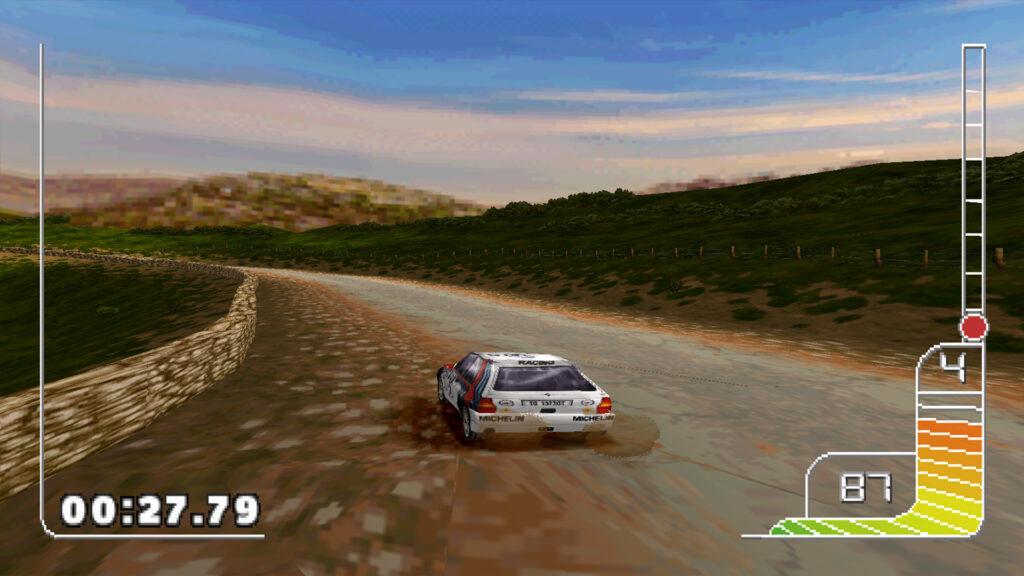
It was the way your car moved that really impressed, however, with epic four-wheel drifts possible by weight-shifting onto the front axle and catching the subsequent slide with a dab of opposite lock.
It made complete sense to a rally fan, where a Scandi-flick followed by a touch of handbrake was the ideal way to negotiate a hairpin. The incidental sounds the cars made also added another layer of immersion: stone chips, exhaust backfires, transmission whines (similar to the effect used in TOCA); they all contributed to the realistic rallying vibe.
And so did the graphics. The default camera angle placed you well behind and above the car, allowing you to clearly see the snaking stage ahead. But there was also an onboard camera, giving you a driver’s eye view of proceedings (also showing a driver avatar with the chunkiest hands in sim racing).
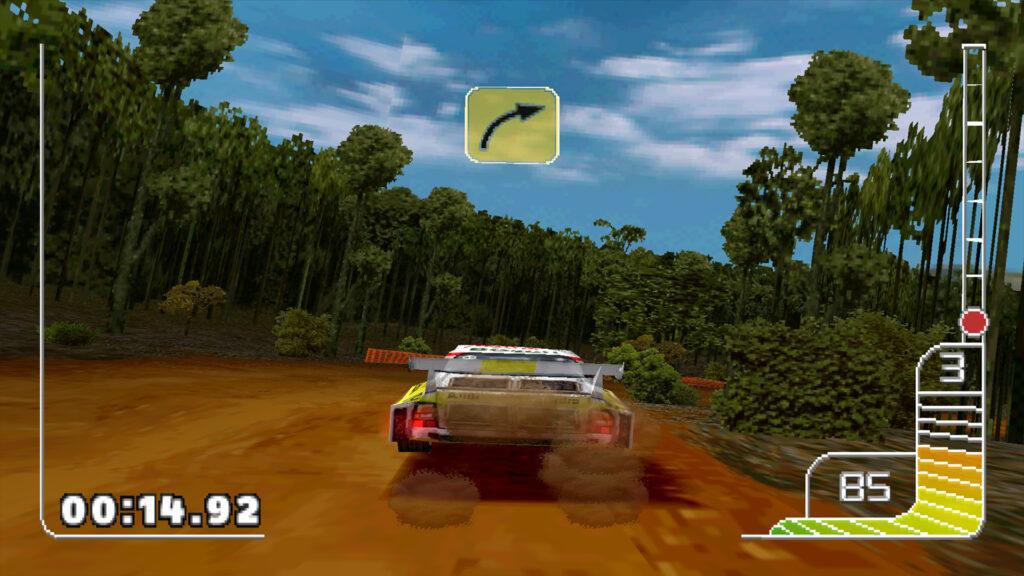
Toyota’s dodgy turbo
But there was a lighter side to CMR, a side where Codemasters let loose and allowed players to drive jelly-like cars (input BLANCMANGE as your driver name) with Nicky Grist reading pacenotes a couple of octaves higher than normal (HELIUMNICK), all in glorious 60fps (SILKYSMOOTH).
Yes, just like TOCA, CMR had several amusing cheat codes (remember those?) to input, all proving this was a game – and series – that didn’t take itself too seriously. It nailed the fundamentals of a good rally game after all, so why not include a little levity?

Unfortunately, there was no Tiff Needell on hand to exclaim “CHEAT CODE ENABLED” in his inimitable style, just a bland robotic voice. Tony Mason must’ve taken the hump, as he went on to lend his dulcet tones to Mobil 1 Rally Championship a year later.
Speaking of levity, who can forget the UFO abduction Easter Egg? It’s unhinged but hilarious. It didn’t do much for your stage times, mind.
The future’s bright, the future’s DiRT
CMR was a huge step forward for rally games but an even cannier piece of business by Codemasters. Linking up with one of the most flamboyant drivers to grace world motorsport was a smooth move by the Banbury-based studio, leading to 25 years of racing games inspired by the Scot.
His unique “if in doubt, flat-out” philosophy lends itself well to video games generally, with subsequent entries in the Colin McRae Rally and DIRT series featuring more extreme motorsports like rallycross, gymkhana, stadium trucks and Dakar-style racing, which McRae himself was no stranger to.
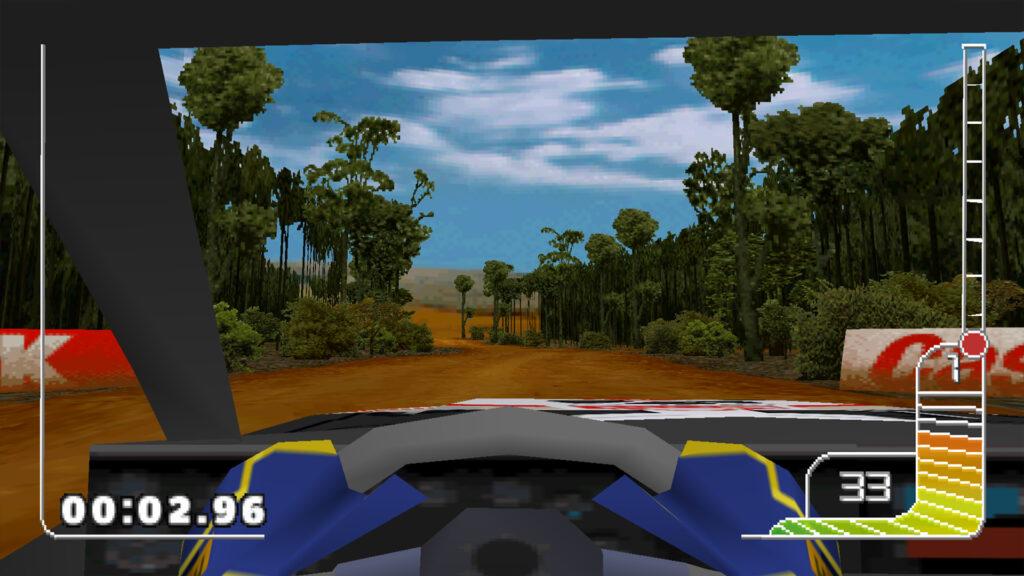
He became a cult icon in America thanks to his infamous performance in an X-Games race against local hero Travis Pastrana, rolling his Subaru seemingly out of contention only to grab first gear and floor the throttle before landing, just losing out by a tenth of a second (even with a puncture).
He also took part in the Dakar Rally, the most extreme Rally Raid event in the world at the time, winning four stages in two attempts.
Although the McRae name stopped appearing after Dirt 3, and Codemasters was purchased by EA SPORTS in 2021, the Colin McRae Rally DNA remained strong throughout the DIRT and DiRT Rally series of games.
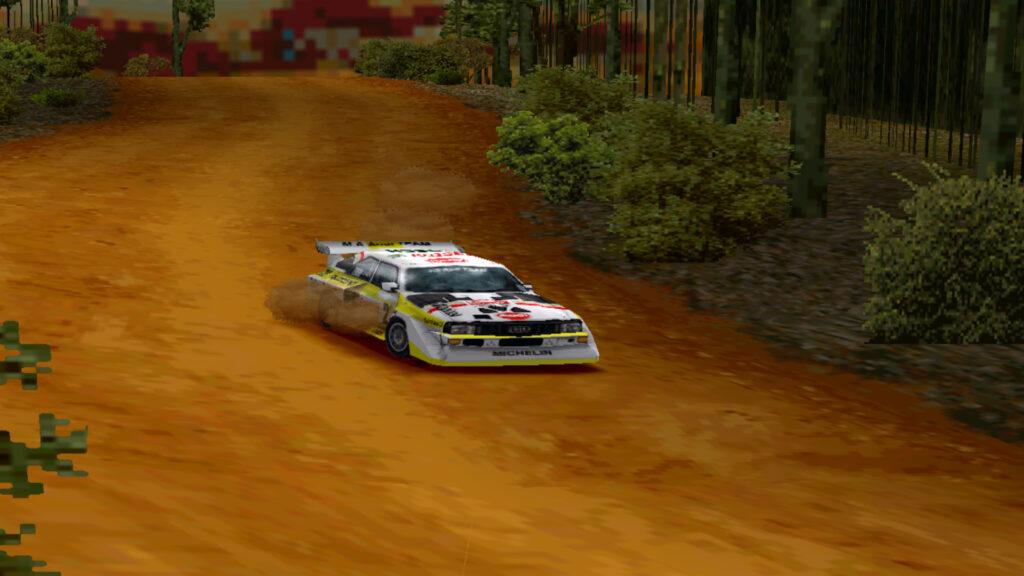
DiRT Rally 2.0, whose name was inspired by Colin McRae Rally 2.0 – even featured the Colin McRae FLAT OUT Pack, celebrating the Scot’s career with two of his rally cars and new Perth and Kinross-based stages.
That could be set to end with the developing/publishing giant’s anticipated official WRC title, following the securing of a licencing deal in 2021.
If it retains the realism and fun of Colin McRae Rally we’ll be in for a treat.

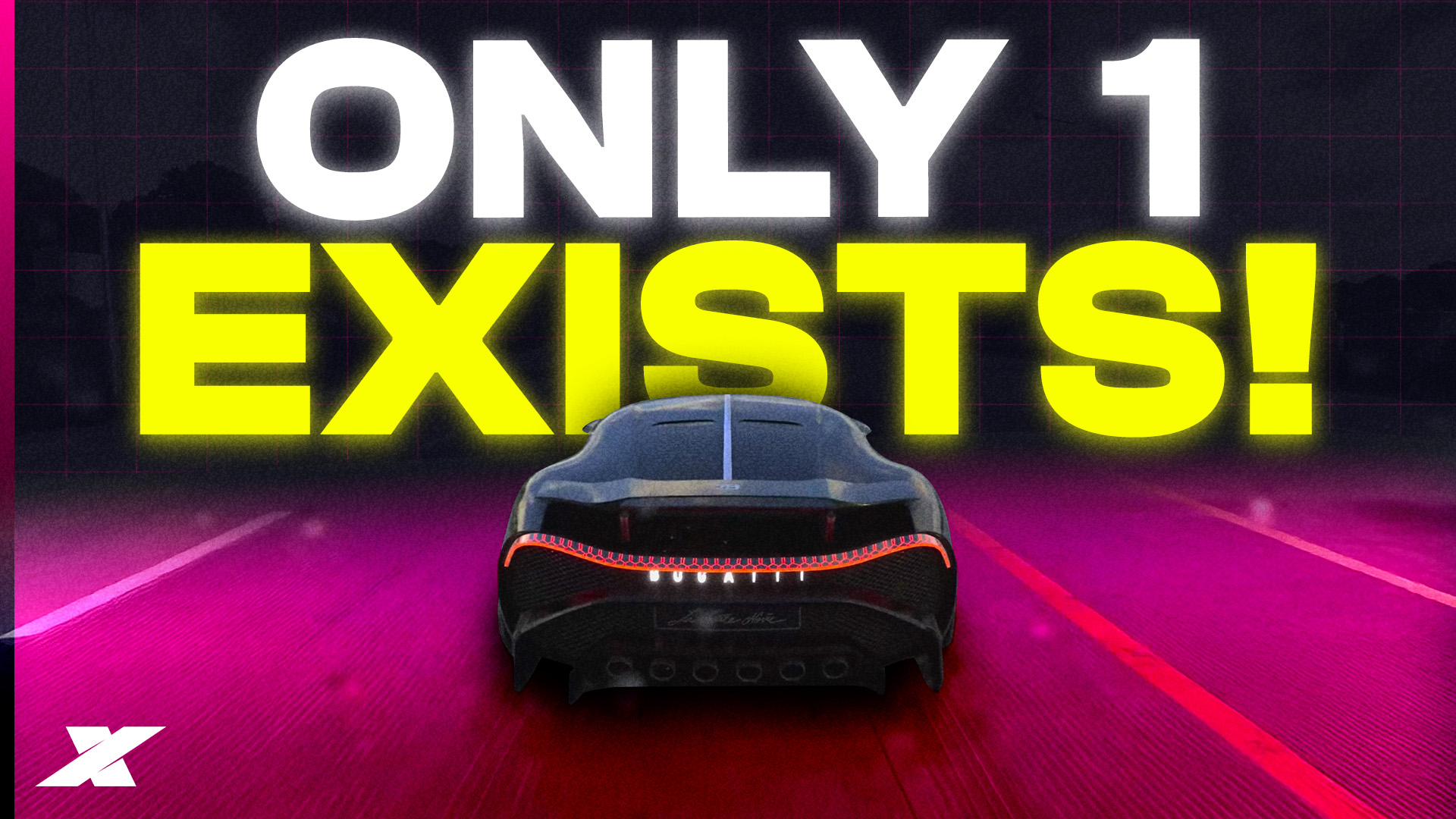
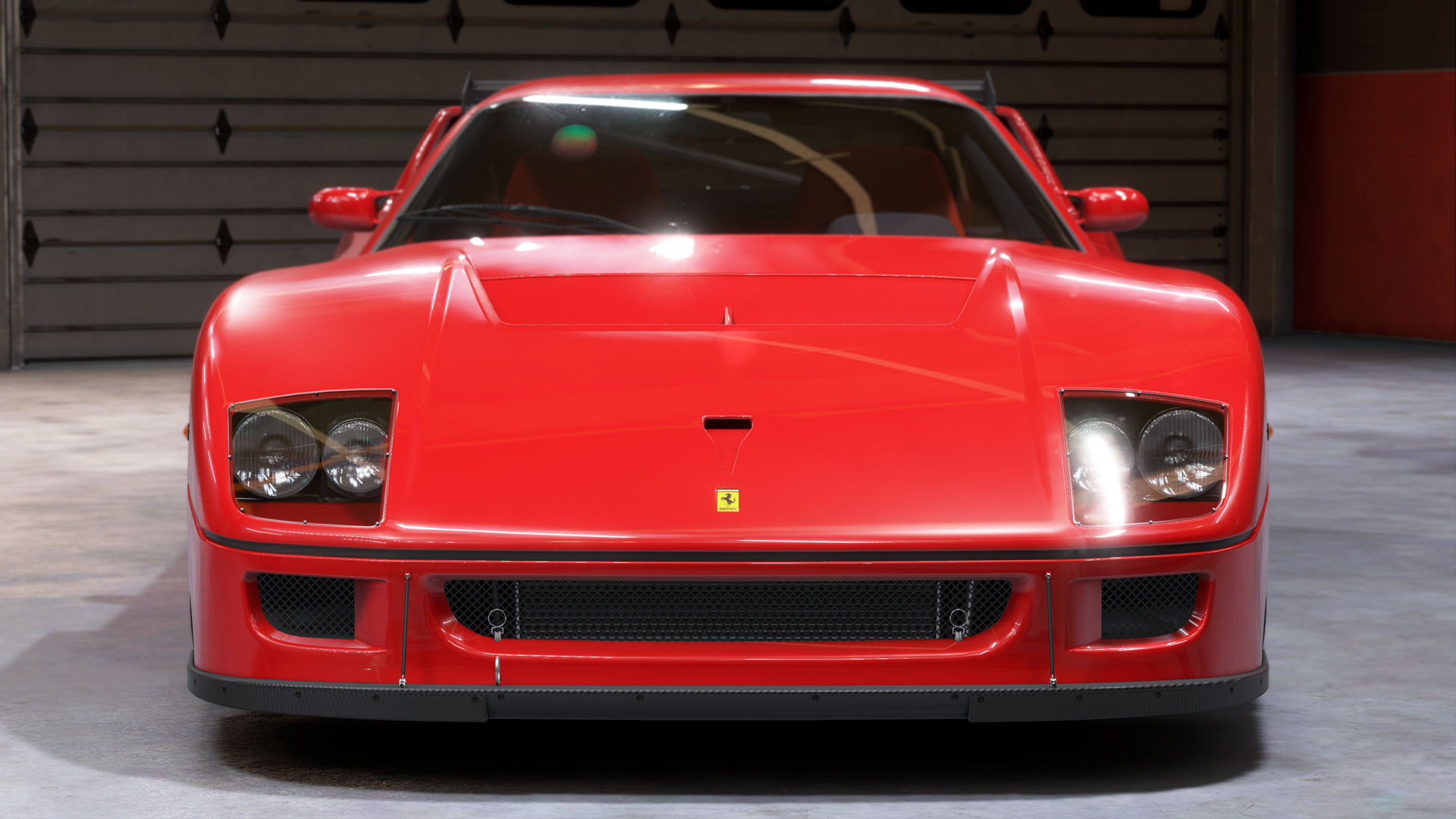
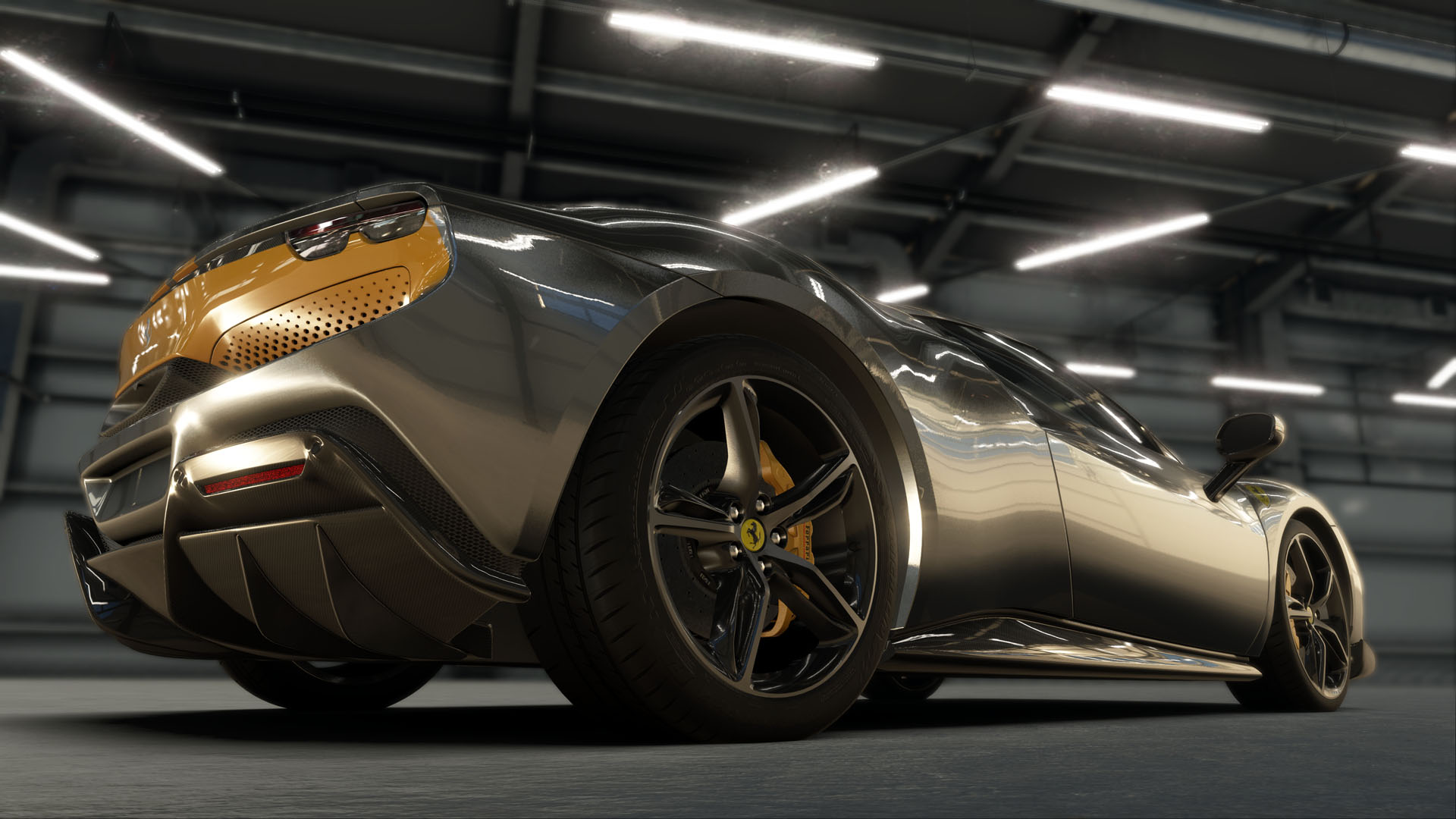
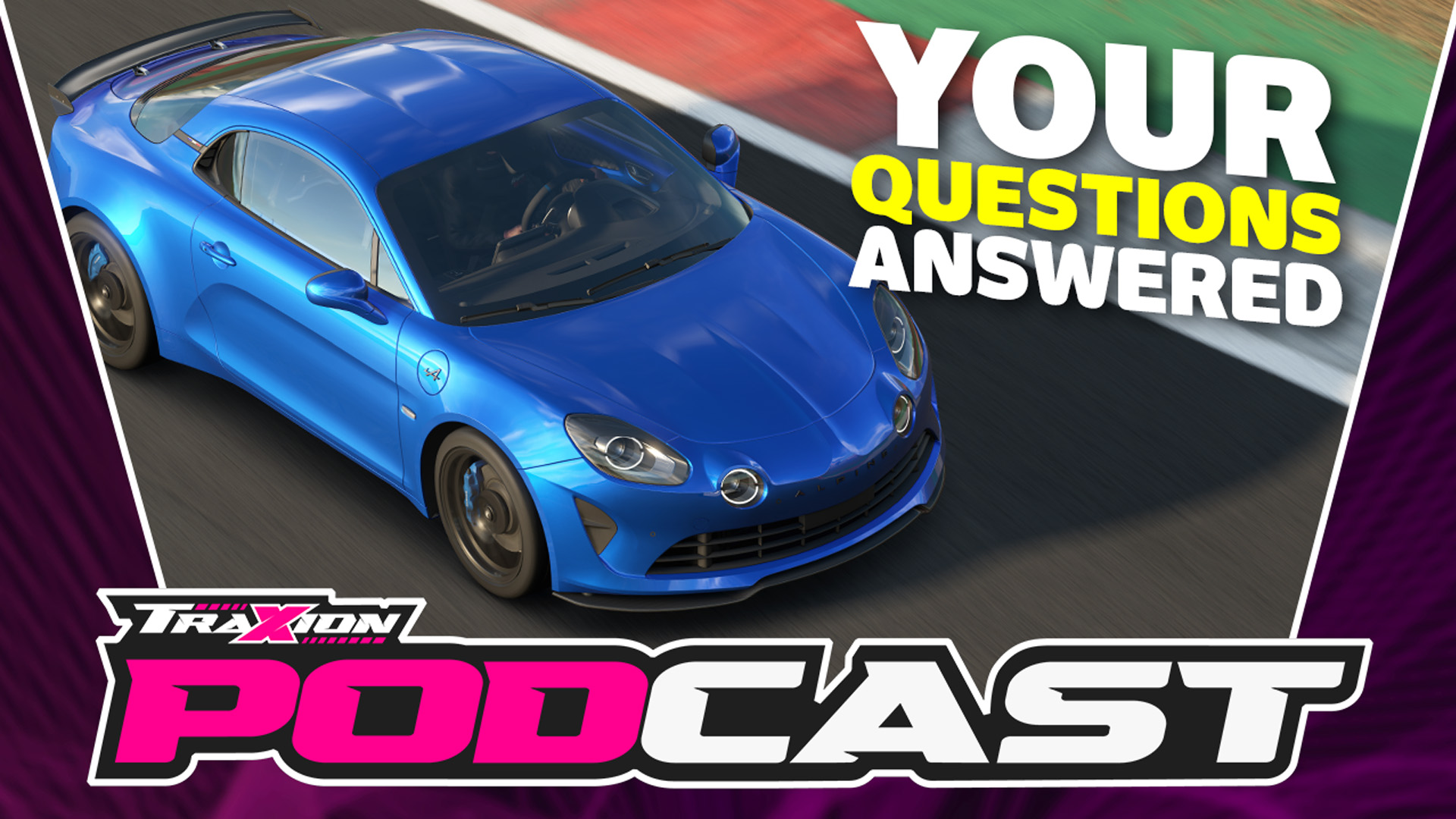
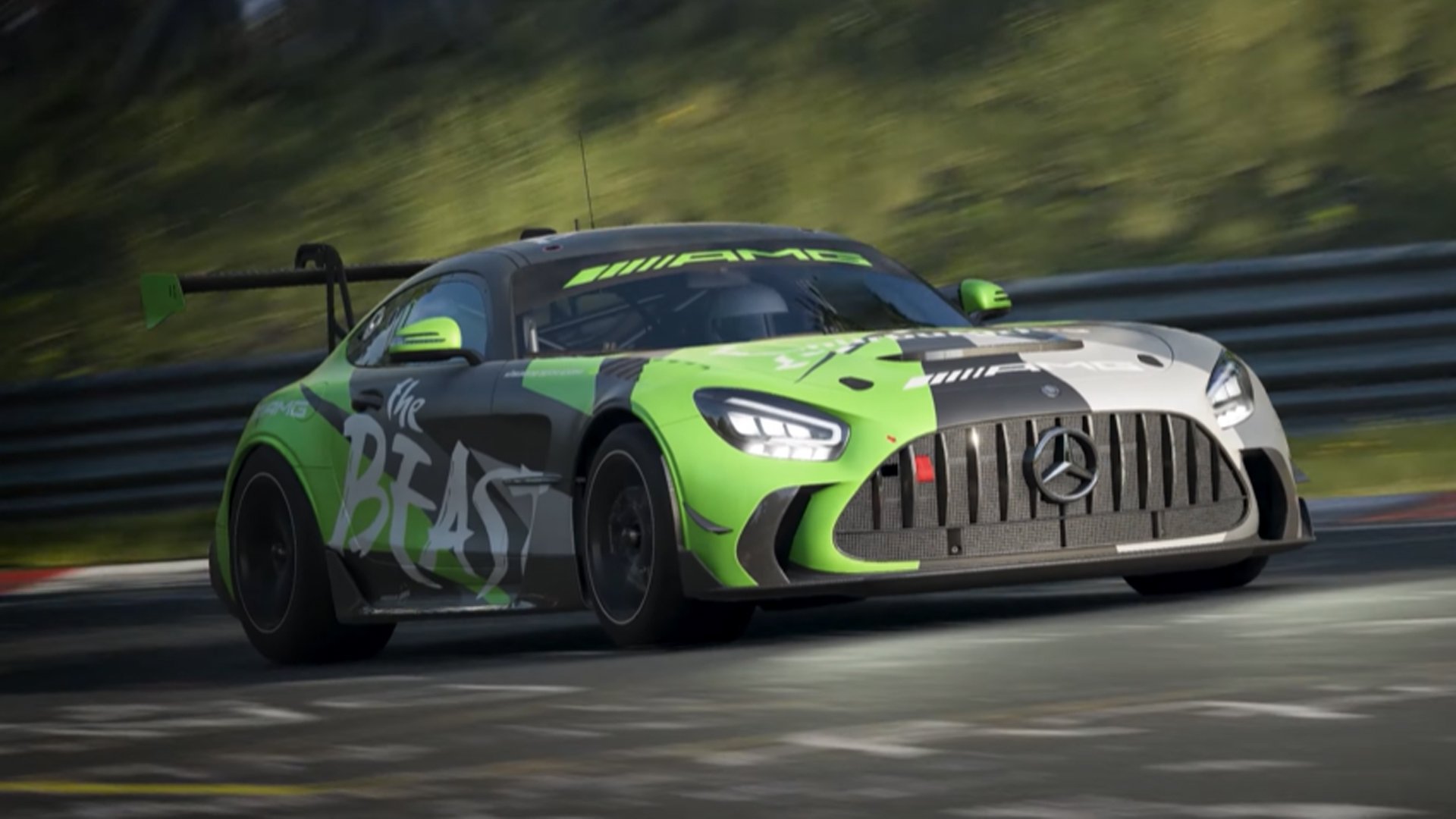
Chat with the Community
Sign Up To CommentIt's completely Free